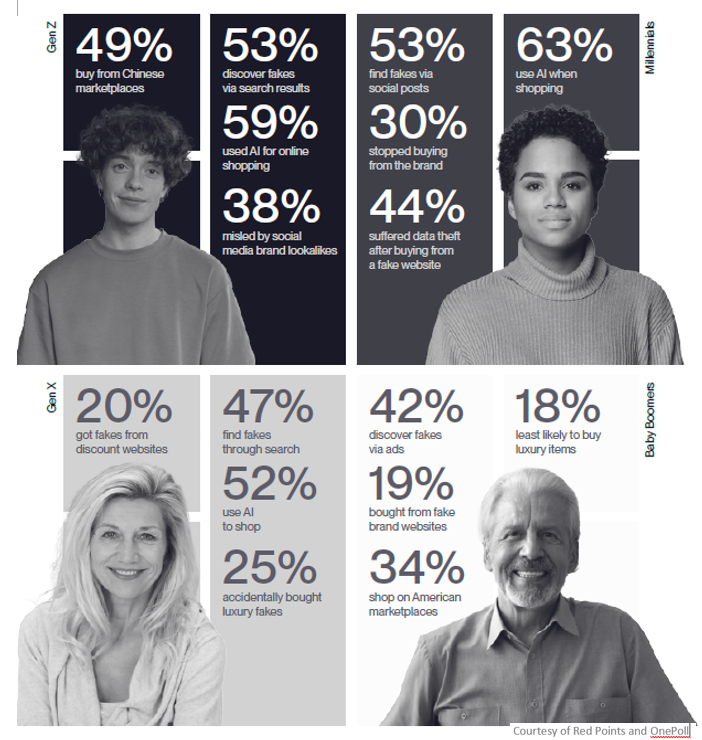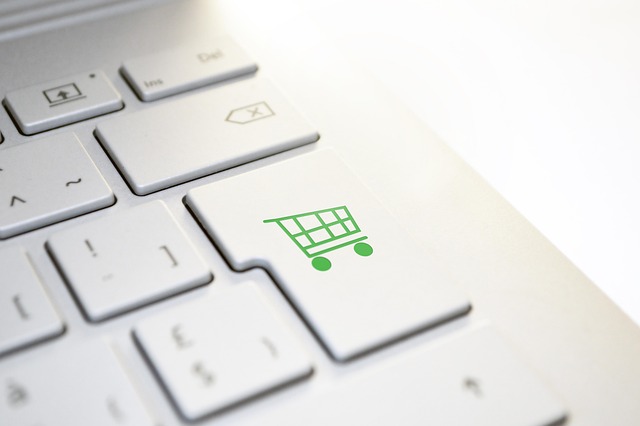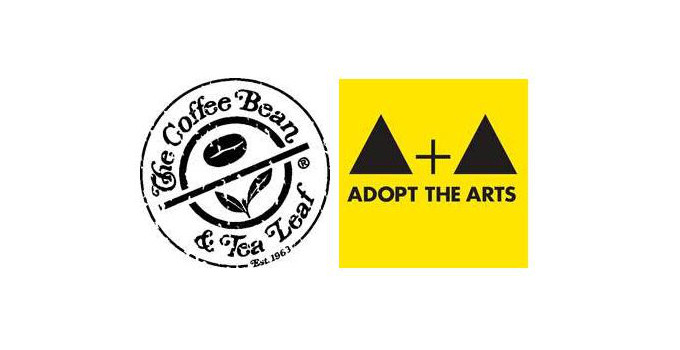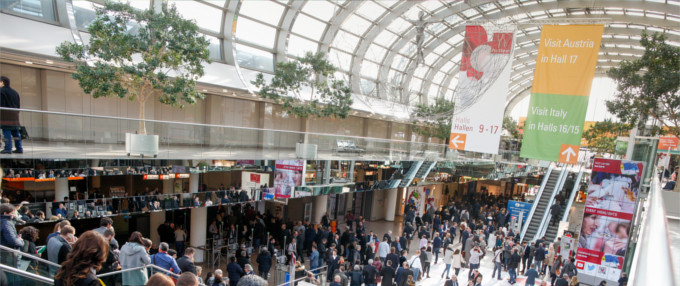AI has shattered the technical and cost barriers for counterfeiters, with fake e-shops and deceptive ads proliferating at record speed
The counterfeit issue within America’s food and beverage sector has intensified in recent years, posing significant risks to consumer health and brand integrity. Notably, dairy products, seafood, and beverages are among the most frequently targeted commodities. Alarmingly, incidents of food fraud have surged tenfold from 2020 to 2024, underscoring the escalating nature of this threat.
In response, the global anti-counterfeit packaging market is projected to grow from $138.8 billion in 2024 to $234.7 billion by 2030, reflecting a compound annual growth rate (CAGR) of 9.2%. This growth is driven by the urgent need to combat counterfeit goods, particularly in the food and pharmaceutical sectors, and is further accelerated by advancements in artificial intelligence (AI) and machine learning (ML) technologies that enhance predictive anti-counterfeit solutions.
Despite these efforts, the persistent rise in counterfeit food and beverage products highlights the critical need for continued vigilance, robust regulatory measures, and innovative packaging solutions to safeguard consumers and uphold the integrity of legitimate businesses.
 A new study has revealed a growing concern in the digital marketplace: artificial intelligence is playing a major role in the rise of counterfeit shopping. The findings are detailed in a comprehensive new report, titled The Counterfeit Buyer Teardown—the largest ever conducted on U.S. counterfeit e-commerce. Among other alarming conclusions, it highlights how AI is accelerating both accidental and intentional purchases of fake goods online.
A new study has revealed a growing concern in the digital marketplace: artificial intelligence is playing a major role in the rise of counterfeit shopping. The findings are detailed in a comprehensive new report, titled The Counterfeit Buyer Teardown—the largest ever conducted on U.S. counterfeit e-commerce. Among other alarming conclusions, it highlights how AI is accelerating both accidental and intentional purchases of fake goods online.
According to the research conducted by market research firm OnePoll with AI company Red Points, in February 2025, over a quarter of consumers (28%) who bought counterfeit products online used AI tools to assist in their search. Overall, more than half of respondents (56%) have used AI to help select products online, and nearly a third have done so on more than one occasion.
The study surveyed 2,000 U.S. consumers who knowingly or unknowingly purchased counterfeit items within the past two years, along with insights from 1,000 brands. The findings provide a detailed view of the mechanics behind the growing counterfeit market across global marketplaces, rogue websites, search engines, and social media platforms.
“As counterfeiters adopt advanced tools like AI, the fight against fakes is becoming more complex and more urgent,” said Laura Urquizu, CEO and President of Red Points. “We’re now seeing AI shape both the threat and the solution. In 2024 alone, Red Points detected 4.3 million counterfeit infringements online—an alarming 15% increase year-over-year.”
Among the key findings: fraudulent websites are proliferating at a rapid pace, with projections pointing to a 70% year-over-year increase in 2025. Gen X appears to be leading the trend of AI-powered counterfeit shopping, with 37% of this age group using AI to locate knock-off goods online.
The report also challenges the stereotype that counterfeits are always easy to spot due to unusually low prices. In reality, fake goods are typically only 31–38% less expensive compared to genuine items. Additionally, not all purchases are made with full awareness—25% of fake luxury purchases happened unintentionally.
Overall, 61% of counterfeit buyers said they did not realize the product was fake until it arrived. These accidental purchases are often influenced by convincing product imagery (57%) and listings that closely mimic legitimate brands (47%). Social media plays a major role, as misleading ads and influencer endorsements drive users to counterfeit sites.
 Intentional buyers tend to take a more active role in seeking out fakes. More than half (52%) reported using search engines to find counterfeit products. They are also more likely to shop via desktop (43%) and even voice assistants (18%), though mobile remains the most common purchasing device across all shopper types (43%).
Intentional buyers tend to take a more active role in seeking out fakes. More than half (52%) reported using search engines to find counterfeit products. They are also more likely to shop via desktop (43%) and even voice assistants (18%), though mobile remains the most common purchasing device across all shopper types (43%).
The influence of social media is particularly strong among Millennials (34%) and Gen X (30%), with 31% of shoppers admitting that influencer content played a role in their decision to buy fake items.
n terms of platforms, 50% of all counterfeit goods were purchased through U.S.-based marketplaces, while 43% came from Chinese marketplaces that ship to the U.S. An additional 34% were acquired through fake websites, many of which were discovered via social media ads (39%) or posts and profiles (49%).
Red Points reported that between 2023 and 2024, the number of social media ads redirecting to infringing websites rose by 179%.
“Counterfeiting poses a serious and evolving threat to innovative businesses and consumer safety,” notes Piotr Stryszowski, Senior Economist at the Organization for Economic Co-operation and Development (OECD). “Criminals constantly adapt, exploiting new technologies and shifting market trends—particularly in the online environment. To effectively counter this threat, policymakers need detailed, up-to-date information. This study makes an important contribution to our understanding of how counterfeiters operate and how consumers behave online.”
As AI continues to transform the digital commerce landscape, its dual role as both enabler of counterfeiting and essential tool for combating it presents a pivotal challenge for brands, marketplaces, and consumers alike. Findings revealed in the Counterfeit Buyer Teardown report make clear that the surge in fake goods isn’t just a passing trend—it’s a rapidly evolving threat driven by sophisticated technology and shifting consumer behavior.
Addressing this crisis will require a coordinated effort across industries to outpace bad actors with equally advanced tools, tighter oversight, and greater consumer education. As the counterfeit economy grows more complex, the fight to protect authenticity in the AI age has never been more urgent.
~~~
Merilee Kern, MBA is a brand strategist and analyst who reports on industry change makers, movers, shakers and innovators: field experts and thought leaders, brands, products, services, destinations and events. Connect with her at www.TheLuxeList.com and LinkedIN www.LinkedIn.com/in/MerileeKern.
Source: https://get.redpoints.com/the-counterfeit-buyer-teardown-2025








